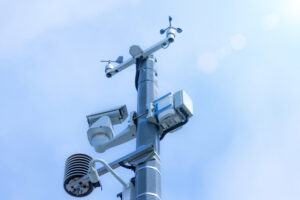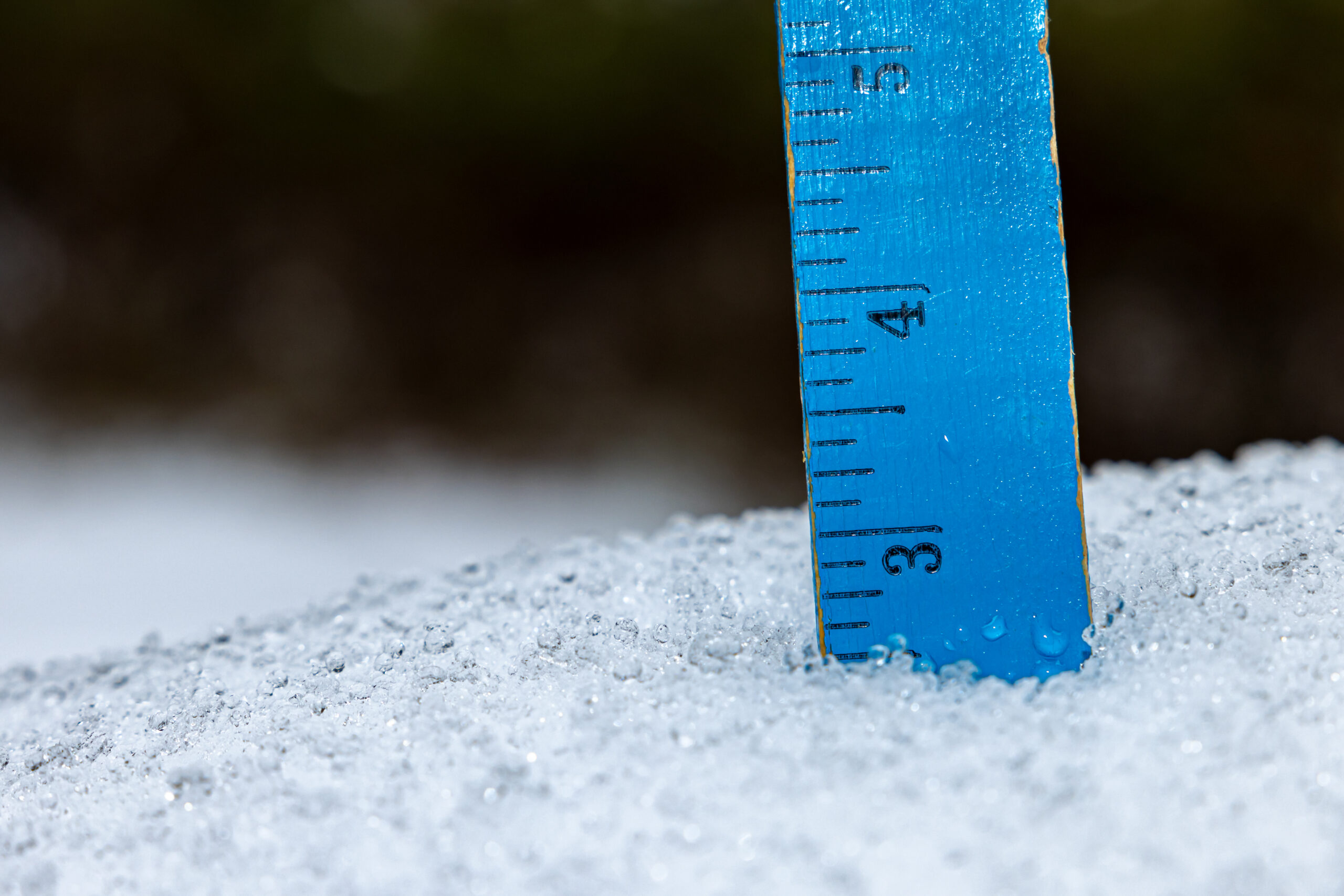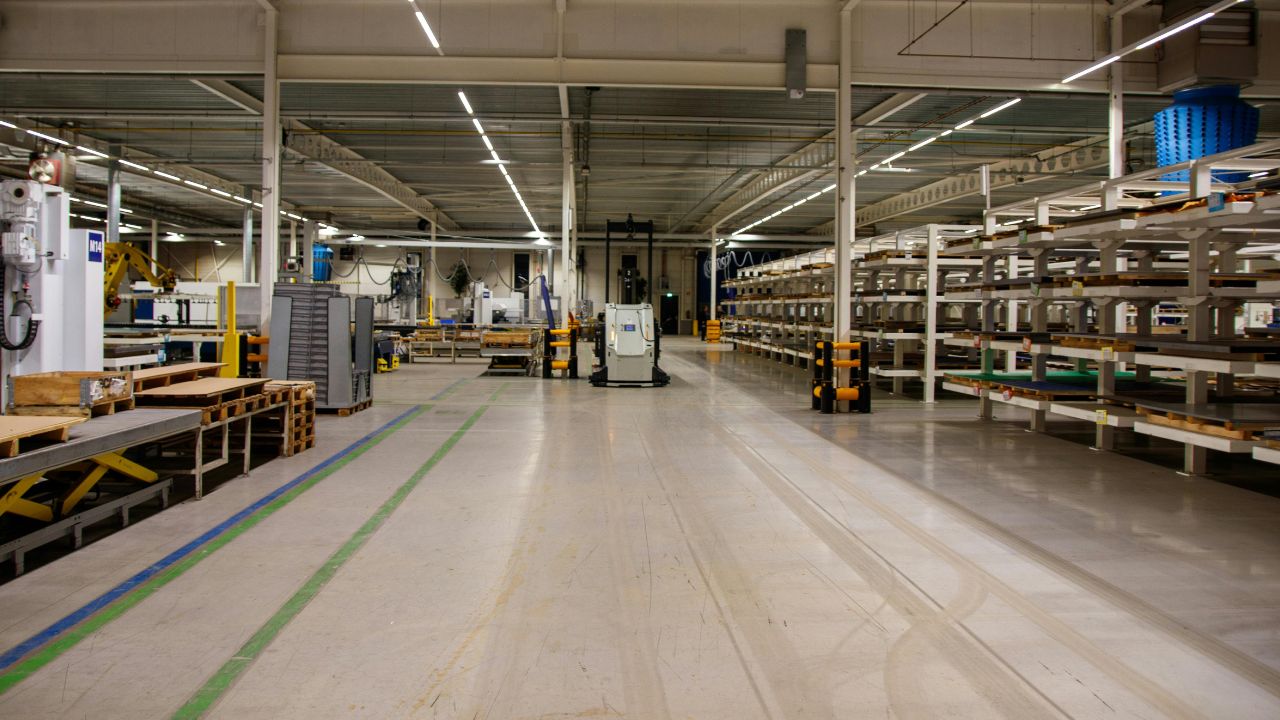In snow and ice management, timing is everything. The decision of when to plow, shovel, or apply deicer determines not only the safety of your property but also the efficiency and cost of each service. This snow trigger guide for facility managers explains how temperature, timing, and depth work together — and why understanding these triggers is key to maintaining safe, compliant, and cost-effective operations all winter long.
1. What Are Snow Triggers?
A “snow trigger” defines the specific conditions that activate a snow removal event — most commonly, when a certain depth of snow accumulates or when pavement temperature reaches freezing levels. Common trigger depths range from one to three inches, depending on site needs and risk tolerance.
Setting the right trigger ensures you’re not overpaying for unnecessary service or delaying work that could create slip hazards. According to the Snow & Ice Management Association (SIMA), trigger thresholds are one of the most effective ways to control costs and improve safety outcomes.
2. Why Air and Ground Temperatures Don’t Always Match
It’s a common misconception that air temperature alone determines when to deploy service. In reality, ground temperature often lags behind the air by several degrees — staying colder longer after sunset or a storm.
For example, air may read 35°F, but the pavement remains below freezing, allowing ice to form from melting snow. That’s why professional providers rely on pavement temperature sensors and local weather data to make accurate service decisions.
At National Facility Contractors, our field teams monitor both air and surface conditions in real time to ensure every trigger is met with precision.
3. Timing Is Everything: How Early Action Prevents Major Problems
When storms are predicted, pre-treatment often begins before the first flake falls. Applying liquid deicer early prevents snow from bonding to the pavement, allowing plows to clear surfaces more efficiently. Similarly, deicing after a storm helps prevent refreezing when temperatures drop overnight.
By timing each service to match the event’s progression, facility managers can reduce both material waste and labor hours. This predictive approach saves money while keeping walkways, drive lanes, and parking areas consistently safe.
For deeper insights, the Federal Highway Administration notes that proactive snow and ice strategies can reduce winter maintenance costs by up to 30%.
4. Depth Triggers and Site Conditions
Not all properties require the same trigger depth. A retail center with heavy pedestrian traffic might activate plowing at one inch, while a warehouse with limited activity could safely wait until two or three inches.
It’s also essential to consider property layout. Tight parking lots, sloped driveways, and narrow loading zones may require earlier intervention. Adjusting triggers based on real conditions helps balance safety and budget — ensuring your site stays open without overspending.

5. Using Data and Reporting to Improve Accuracy
Accurate reporting builds trust. Modern snow programs use timestamped photos, certified snowfall data, and weather logs to verify when triggers were reached. This documentation protects both service providers and clients from billing disputes and supports transparency.
These systems also identify trends — like which locations require earlier treatment — enabling managers to refine their snow strategies over time.
Snow Triggers Keep Facilities Safe and Budgets Balanced
Snow triggers are more than contract terms — they’re the foundation of safe and efficient winter operations. By understanding how temperature, timing, and depth interact, facility managers can make informed decisions that protect their people, properties, and bottom line.
If your organization wants to refine its snow response strategy, National Facility Contractors can help evaluate your current trigger thresholds and develop a proactive winter plan tailored to each site’s conditions.






